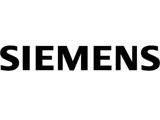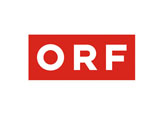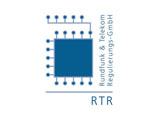Accompanying Market Research by Fessel-GfK
Fessel-GfK accompanied the test households through the !TV4GRAZ project with broad-based market research. The research organization was responsible for recruiting test subjects as well as regular surveys and communication with the households.
In the Graz area, Fessel-GfK selected and recruited 150 households, after which the organization observed the households for four months, monitoring the performance of the receiver devices, reception quality and the presentation of additional digital services in the context of the normal television schedule.
Selection of the test panel
The overall sample consisted of private households with at least one TV set and a fixed-link telephone line. In addition, the households also had to be located in the digital terrestrial broadcasting area in order to be chosen. Viewers 12 years and older were taken into consideration as members of the research panel.
Fessel-GfK made efforts to achieve as much diversity as possible in terms of the households‘ original reception modes and thus managed to attain an even balance of households which had used analog cable, satellite and terrestrial reception to date (one third each).
For the pilot test, the households in which digital reception was not possible using their existing antenna were equipped with digital flat antennas in order to enable them to receive DVB-T (terrestrially broadcast digital television). Households with digital satellite or cable reception were excluded from the sample.
Initial contact to potential test households was made by means of telephone screening
In this screening interview, the project was introduced briefly and candidates were
asked about their general willingness to participate and about characteristics relevant to the final recruiting criteria. From the body of households still available after this screening, the test households were finally recruited by means of personal interviews. In these interviews, all necessary sociodemographic information on the persons and households was gathered.
Support for test households and data collection
Over the entire period of the survey, a toll-free telephone hotline was available to the households daily from 8:00 am to 11:00 pm. The inquiries and problems submitted by the households were immediately passed on to the responsible departments (broadcasters, technicians, editors). In this way, reaction time was kept to a minimum in cases of broadcasting outages, poor reception quality or performance problems in digital interactive services.During the pilot project, the households maintained a diary documenting their experiences and impressions while using this new technology. This diary allowed Fessel-GfK to determine the channels watched, their reception quality and the performance of additional interactive services.
Moreover, the test subjects were also asked to expand on their evaluations and experiences.
Once the observation period had ended, a final interview was conducted with the test households; in this interview, the households were asked for a concluding evaluation of the new television products with regard to technology, user friendliness and information content as well as their future willingness to use or purchase such products.
The data gathered was evaluated statistically and analytically, and the results were presented to RTR in a report with a management summary, conclusions and recommenda-tions.



